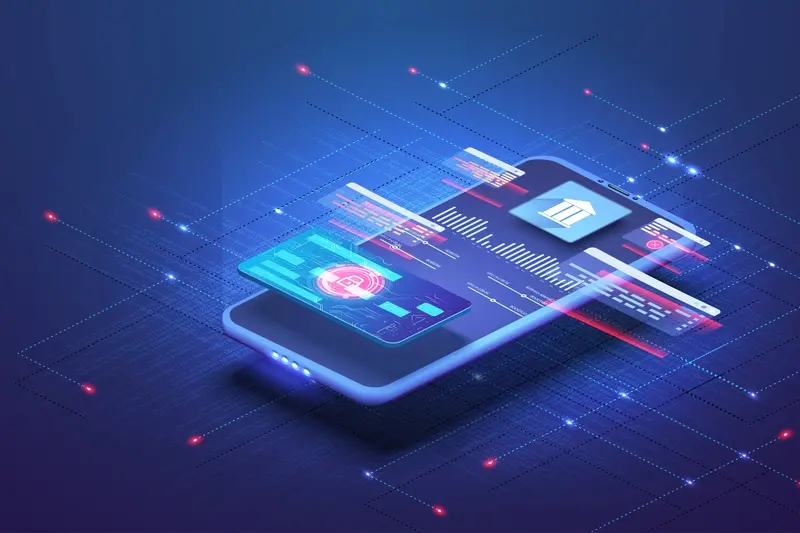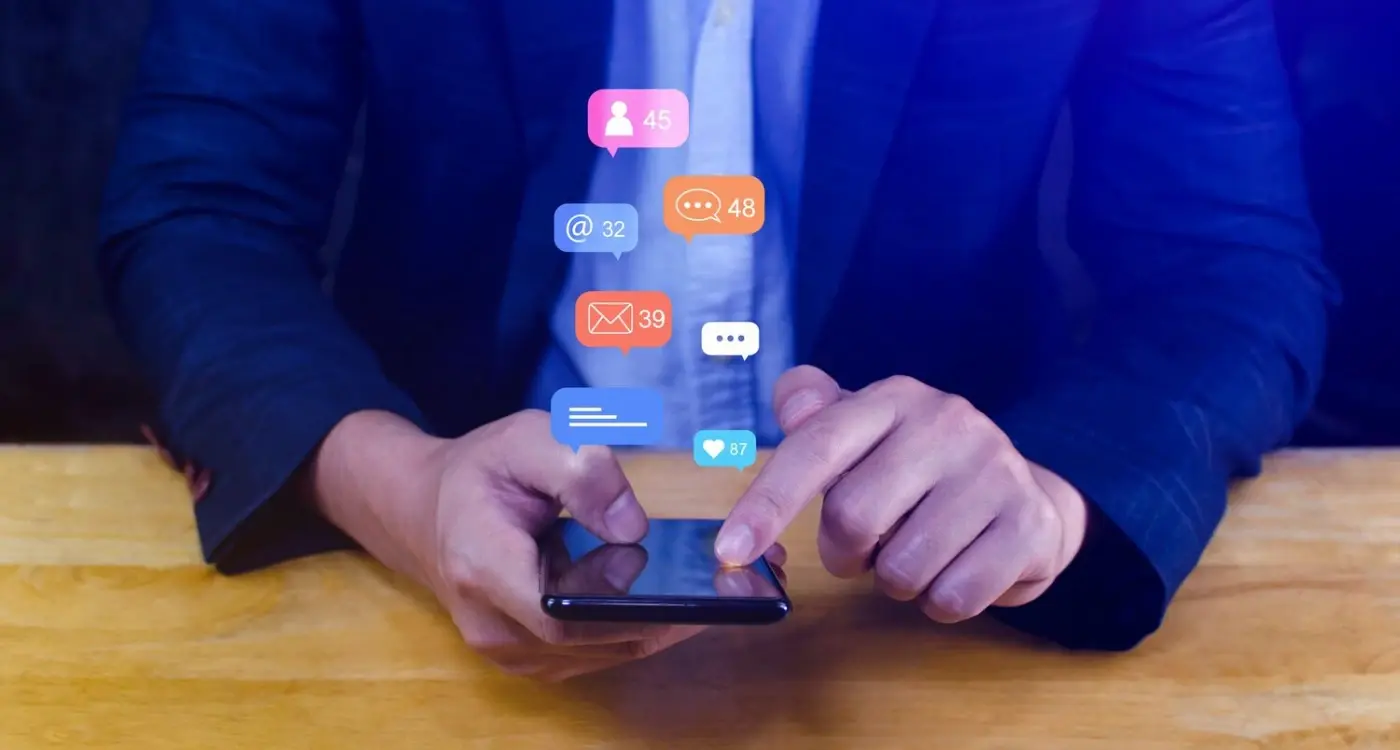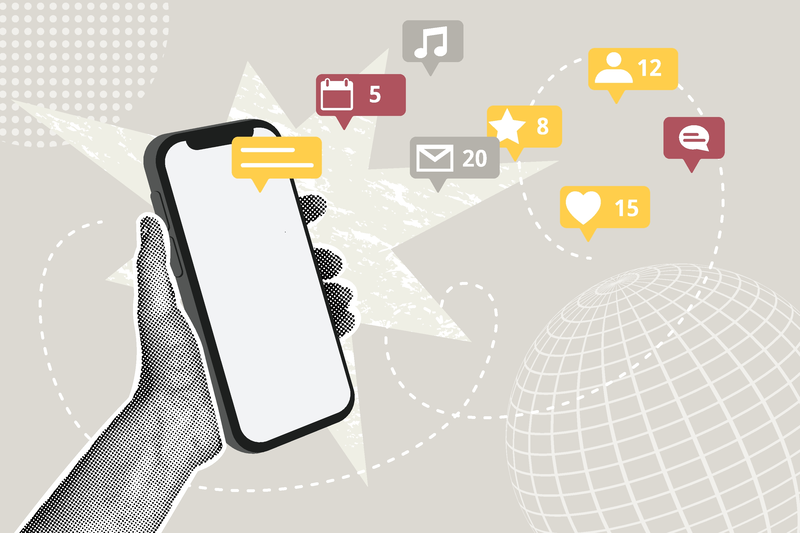How Do Points and Badges Keep Business App Users Coming Back?
Business apps have a serious problem—users download them once and never come back. I've watched countless companies spend thousands on beautiful app designs and powerful features, only to see their users disappear after the first week. It's honestly a bit heartbreaking when you've poured so much effort into building something useful.
The numbers don't lie either; most business apps lose about 75% of their users within the first three days. That's a massive waste of development budget and missed opportunities. But here's where things get interesting—some apps manage to buck this trend completely. They keep users coming back day after day, week after week. What's their secret?
Points systems and badges. Sounds simple, right? Maybe even a bit childish for serious business apps? I thought the same thing when clients first started asking about gamification. But after implementing these systems across dozens of projects, I've seen firsthand how powerful they can be. We're talking about turning one-time users into daily active users, transforming boring business tasks into engaging experiences that people actually want to complete.
The best business apps don't just solve problems—they make solving those problems feel rewarding and worthwhile
This isn't about turning your expense tracking app into Candy Crush. It's about understanding what motivates people and using that knowledge to create genuine value. When done right, points and badges tap into basic human psychology—our need for achievement, progress, and recognition. The key is knowing how to implement these systems properly without making your professional app feel like a kids' game. That's exactly what we'll explore in this guide.
What Are Points and Badge Systems
Right, let's get straight to it. Points and badge systems are basically reward mechanisms that make using an app feel more like playing a game. Think of it like those loyalty cards you get at coffee shops—complete certain actions, collect points, unlock rewards. But in the digital world, its much more flexible and frankly, more engaging.
Points are the simplest form of gamification. Users earn them by completing specific actions within your app; logging in daily, finishing tasks, sharing content, or hitting certain milestones. The beauty of points is their simplicity—people understand them immediately. You do something good, you get points. More points means you're doing well.
Badges work differently. They're like digital trophies that users collect for specific achievements. "First Login," "Task Master," "Weekly Champion"—each badge tells a story about what the user has accomplished. Unlike points which accumulate, badges are permanent markers of progress that users can show off.
How They Work in Business Apps
In business apps, these systems serve a very specific purpose. They transform mundane tasks into small victories. Completing expense reports becomes "earning your Efficiency Expert badge." Regular check-ins become "building your consistency streak." The work doesn't change, but how users feel about doing it absolutely does.
The clever bit is that points and badges tap into something deeply human—our need for recognition and progress. When someone sees their point total climbing or unlocks a new badge, their brain releases a small hit of dopamine. That's the same chemical reward we get from social media likes or finishing a good meal. And honestly? That little boost can make the difference between someone using your app regularly or abandoning it after a few days.
Why Business Apps Need User Retention Strategies
Right, let's talk about something that keeps most business owners up at night—getting users to stick around. I mean, you can build the most polished app in the world, but if people delete it after three days, what's the point? The harsh reality is that most apps lose 80% of their users within the first week. That's a bloody expensive way to learn that your app isn't engaging enough!
User retention isn't just about keeping numbers high on your dashboard; it's about building a sustainable business. Think about it—acquiring new users costs money, but keeping existing ones engaged? That's where the real profit lives. When users stick around, they generate more data, create habits around your app, and often become your best advocates.
The Real Cost of Poor Retention
Here's the thing that most business owners don't grasp initially: customer acquisition costs have gone through the roof. You might spend £5-15 to get someone to download your app, but if they bounce after one session, you've literally thrown that money away. Compare that to a user who stays engaged for months—they'll likely generate far more value than what you spent to acquire them.
The magic number for app success is Day 30 retention. If users are still active after 30 days, they're 10x more likely to become long-term, valuable customers.
This is exactly where behavioural app design strategies and points systems come into play. They're not just fancy additions to make your app look modern—they're strategic tools that create psychological hooks. When users see progress bars filling up or badges unlocking, they develop what I call "completion anxiety." They genuinely want to see what happens next, and that curiosity keeps them coming back.
Business apps that implement smart retention strategies see retention rates improve by 40-60%. That's the difference between a struggling app and a profitable one.
- Reduced customer acquisition costs over time
- Higher lifetime value per user
- Better word-of-mouth marketing
- More predictable revenue streams
- Stronger user data for product improvements
The Psychology Behind Reward Systems
Right, let's talk about why points and badges actually work—because honestly, when you first hear about grown adults getting excited about digital stickers, it sounds a bit mental, doesn't it? But there's proper science behind this stuff, and I've seen it work time and time again in the apps we build.
The key player here is something called dopamine. It's the brain chemical that makes you feel good when you achieve something. Actually, here's the clever bit—your brain releases dopamine not just when you get the reward, but when you anticipate getting it. That little notification saying "You're 50 points away from your next badge" is doing more work than you realise.
The Power of Progress
People are hardwired to seek progress. We love completing things, ticking boxes, filling progress bars. I mean, who hasn't felt satisfied watching a loading bar reach 100%? It's the same psychological trigger that makes people obsess over fitness trackers or feel compelled to clear all their phone notifications.
In business apps, this translates beautifully. When users can see their points accumulating or watch their progress towards the next level, they're more likely to keep using your app. But here's the thing—it has to feel meaningful, not arbitrary.
Social Recognition Matters
Humans are social creatures, and we crave recognition from our peers. Leaderboards, team challenges, and shareable achievements tap into this fundamental need. I've seen office productivity apps transform workplace dynamics simply by adding team-based point systems where colleagues could see each other's achievements.
The trick is balancing competition with collaboration. You don't want your reward system creating toxic workplace environments—trust me, I've seen that backfire spectacularly. Instead, focus on celebrating collective wins alongside individual achievements.
Types of Points and Badge Systems for Business Apps
Right, let's talk about the different types of points systems you can actually use in your business app. After years of building these systems for clients, I can tell you there's no one-size-fits-all approach—what works for a productivity app won't necessarily work for a sales platform.
Activity-Based Points Systems
The most straightforward approach is rewarding users for specific actions. Complete a task? Get 10 points. Log in daily? That's another 5 points. Upload a document? Boom, 15 points. I've seen this work really well for project management apps where you want to encourage regular usage. The key is making sure your point values actually reflect the value of the action to your business.
But here's where most people mess up—they give the same points for everything. A user who completes a major project milestone shouldn't get the same reward as someone who just opens the app. Make your point system reflect real value.
Achievement-Based Badge Systems
Badges work differently than points; they're about recognition rather than accumulation. "First Sale," "Team Player," "Data Expert"—these badges tell a story about what the user has accomplished. I've found they work particularly well in apps where users want to show expertise or build their professional reputation.
The most successful badge systems I've built focus on meaningful achievements that users actually want to share with colleagues or display on their profiles.
The trick with badges is keeping them achievable but not too easy. If everyone gets the "Expert" badge after one week, it loses its meaning completely. And honestly? Some of the best performing apps I've worked on combine both systems—points for immediate feedback and badges for longer-term goals.
Right, let's get down to business. You've read about the psychology, you understand the theory—now it's time to actually build something that works. Setting up your first gamification strategy isn't rocket science, but there are definitely ways to mess it up spectacularly (trust me, I've seen it happen!).
Start Small and Test Everything
The biggest mistake I see companies make? They try to gamify everything at once. Don't do that. Pick one core action you want users to take more often—maybe it's completing their profile, using a specific feature, or inviting colleagues to join. That's your starting point.
Let's say you've got a project management app and people aren't updating their task statuses. Simple solution: give them 10 points every time they mark a task complete. After 100 points, they get a "Task Master" badge. Basic? Yes. Effective? Absolutely.
Here's what you need to map out before you start coding anything: what actions earn points, how many points each action is worth, and what those points unlock. I always tell my clients to think about the user journey—someone opens your app for the first time, what's the very next thing you want them to do? That first action should be worth enough points to feel meaningful but not so many that it devalues future achievements.
Make Your Rewards Feel Personal
Generic badges like "Bronze User" or "Level 1" are boring as hell. Instead, tie your rewards to what your app actually does. A finance app might have "Budget Ninja" or "Savings Superstar" badges. An HR platform could reward "Team Builder" status for managers who regularly check in with their staff.
The key is making users feel like the reward reflects something meaningful about their relationship with your app—not just that they've clicked buttons a certain number of times. Understanding user behaviour psychology is crucial for creating rewards that genuinely motivate people to engage with your business app.
Common Mistakes That Kill User Engagement
Right, let's talk about the stuff that goes wrong. I've seen brilliant apps with solid points systems completely fail because of avoidable mistakes—and honestly, it breaks my heart every time.
The biggest killer? Making your badges meaningless. I can't tell you how many business apps I've audited where users get a "Welcome Badge" for just opening the app, then a "First Click Badge" for clicking anything, then a "Tuesday Badge" for logging in on Tuesday. Users aren't stupid; they know when you're patronising them with fake achievements.
Points That Don't Add Up
Another massive issue is creating points systems that don't connect to real value. If your CRM app gives 50 points for adding a contact but only 10 points for closing a deal worth £10,000, something's clearly broken. Your points system should mirror what actually matters to your business and your users.
Then there's the "Christmas morning" problem—front-loading all the rewards. New users get showered with badges and points in their first week, then... nothing. The well dries up completely. This creates a horrible drop-off because you've trained users to expect constant rewards, then suddenly stopped delivering.
Test your reward system with a small group of real users for at least 30 days before full launch. What feels rewarding on day one might feel annoying by day fifteen.
The Participation Trophy Trap
Here's what kills engagement faster than anything: rewards that require zero effort or skill. When everyone gets the same badge for breathing, nobody feels special. Your gamification needs challenge and exclusivity to work properly.
- Make badges genuinely difficult to earn
- Connect points to meaningful business actions
- Space out rewards to maintain long-term motivation
- Create different achievement paths for different user types
- Never reward negative or counterproductive behaviour
The golden rule? If your grandmother could accidentally earn your "Expert User" badge while trying to close the app, you've got a problem that needs fixing immediately.
Measuring Success and User Retention
You know what? Building a points and badges system is the easy part—measuring whether its actually working is where things get interesting. I've seen too many business apps launch these systems without properly tracking their impact, which is a bit like driving with your eyes closed really.
The key metrics you need to watch aren't just about how many badges people earn. Sure, that's nice to know, but it doesn't tell you if your system is genuinely improving your business. What you really want to track is user behaviour changes; are people using your app more frequently after engaging with your reward system? Are they completing more tasks or spending longer in-app sessions?
Key Metrics That Actually Matter
- Daily and weekly active users (before and after implementation)
- Session length and frequency changes
- Feature adoption rates—are badges encouraging people to try new parts of your app?
- User retention at 7, 30, and 90 days
- Task completion rates for gamified vs non-gamified features
- Time to value—how quickly new users engage with core features
Here's the thing though—you need baseline data from before you introduced gamification. Can't measure success if you don't know where you started. I always tell clients to run their systems for at least 6-8 weeks before making any major changes; people need time to understand and engage with new reward mechanics.
One mistake I see constantly is focusing only on engagement metrics without looking at business outcomes. Yes, people might be earning more badges, but are they actually becoming more productive users of your business app? Understanding the ROI of behavioural design decisions helps you measure what really matters for long-term success.
Conclusion
Right then, we've covered quite a bit of ground here—from the basic psychology of why people collect digital badges to the nitty-gritty of setting up your own points system. And honestly? If you take just one thing away from this guide, let it be this: gamification isn't about turning your business app into a game. It's about understanding what makes people tick and giving them reasons to keep coming back.
I've seen too many apps throw badges at users without any real thought behind it. "Here's a badge for logging in five times!" Well done, but why should anyone care? The apps that really nail user retention are the ones that make their points system feel meaningful. They reward behaviours that actually matter to the business and create a sense of progress that users genuinely want to chase.
The thing is, your users are already playing games on their phones. They're collecting coins, completing levels, and chasing high scores in dozens of other apps. So when they open your business app, that same part of their brain is ready to engage—you just need to give it something worthwhile to do.
But here's what I always tell my clients: start small and test everything. You don't need to build the most sophisticated points system on day one. Pick one key behaviour you want to encourage, create a simple reward for it, and see how your users respond. Then build from there. The best gamification strategies evolve with your users, not despite them. Your app's success will depend on how well you listen to what your audience actually wants—not what you think they should want.
Share this
Subscribe To Our Learning Centre
You May Also Like
These Related Guides

What Makes Some Banking Apps More Successful Than Others?

What's the Best Way to Re-Engage Users Who've Stopped Using My App?



